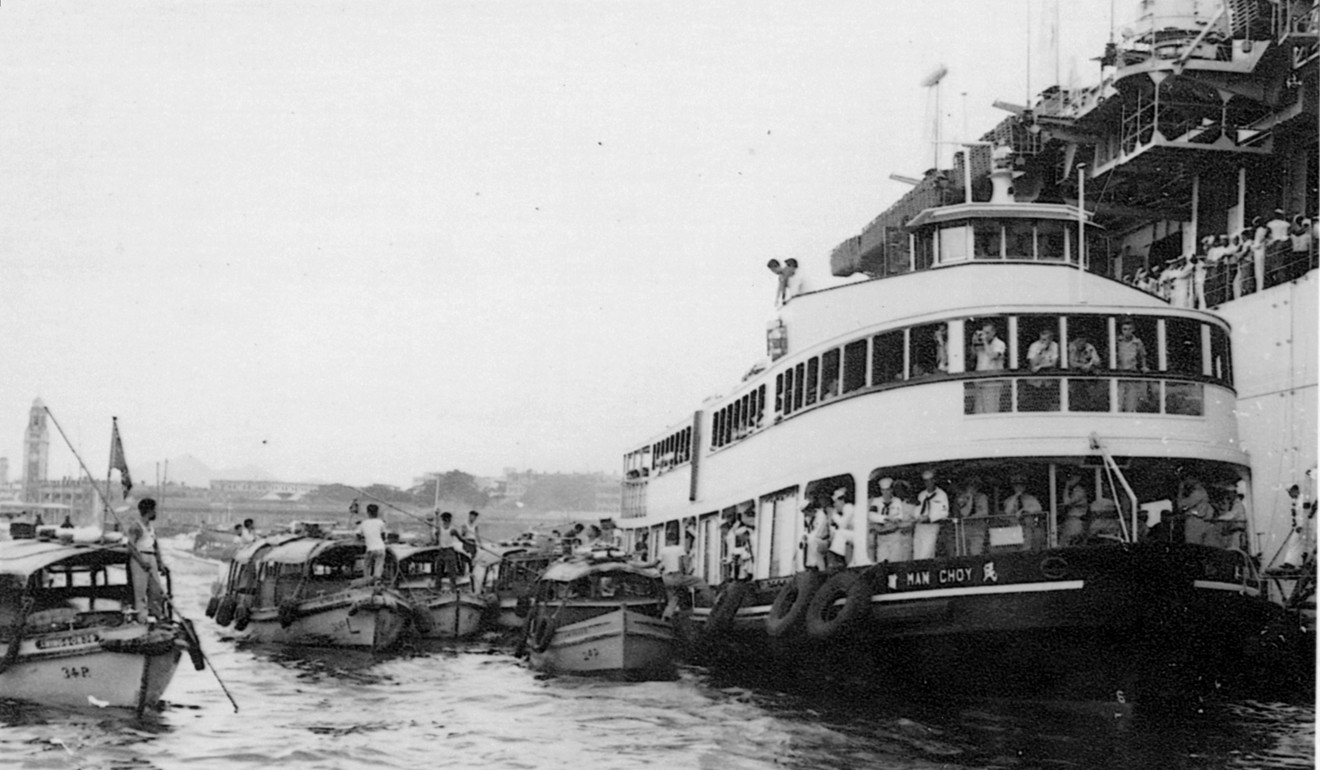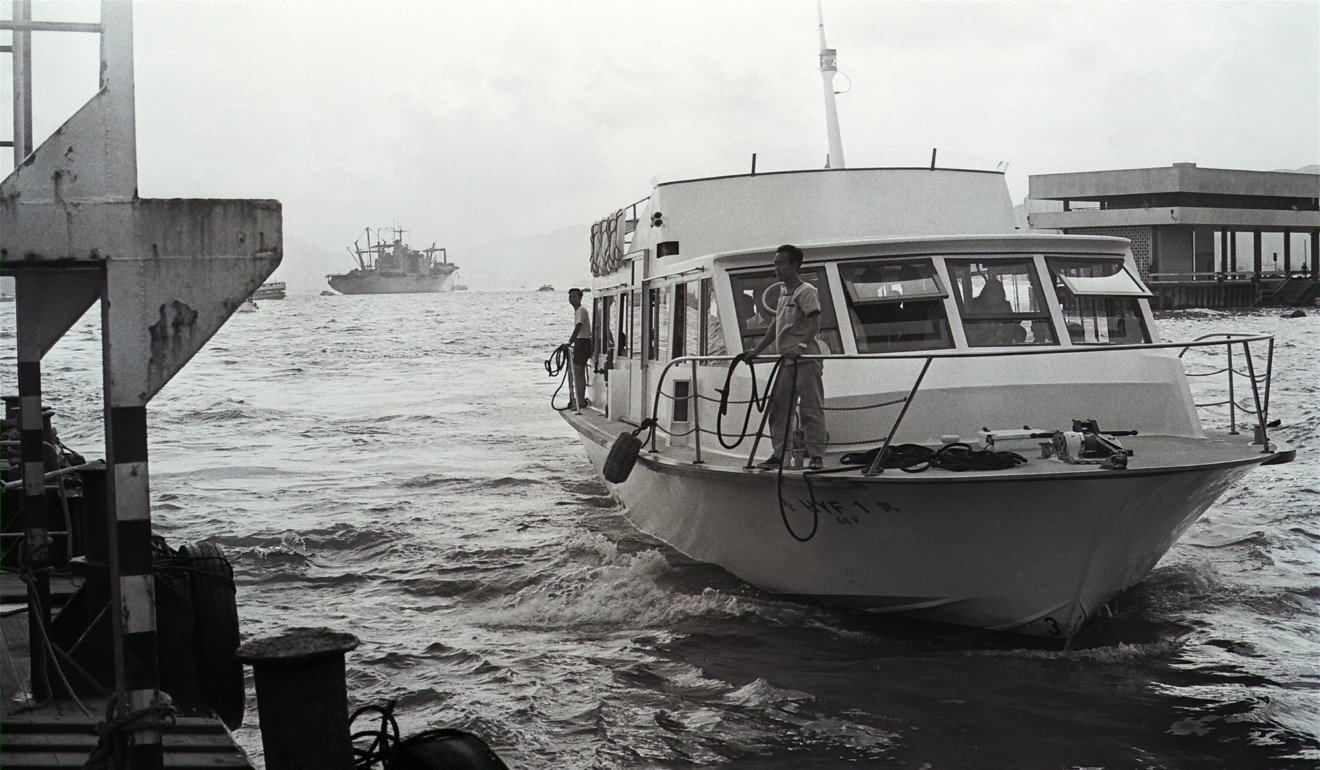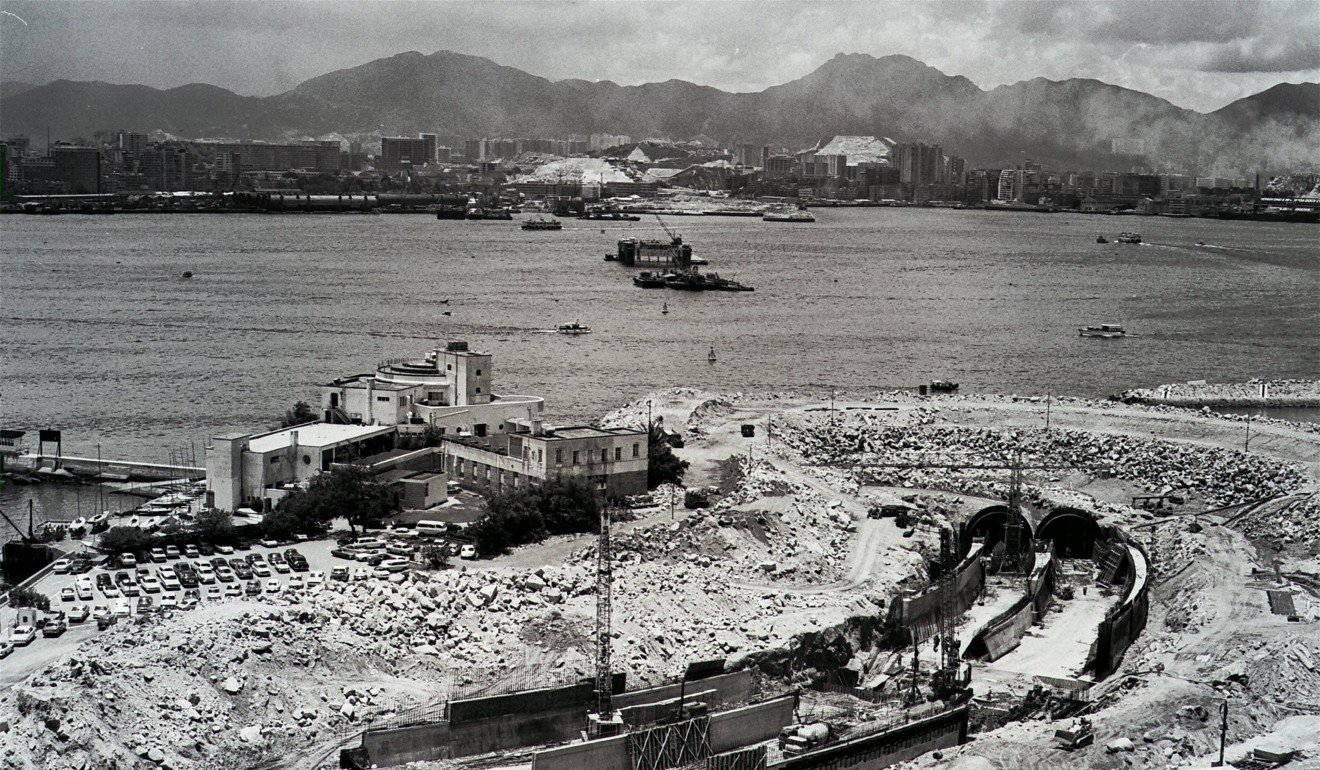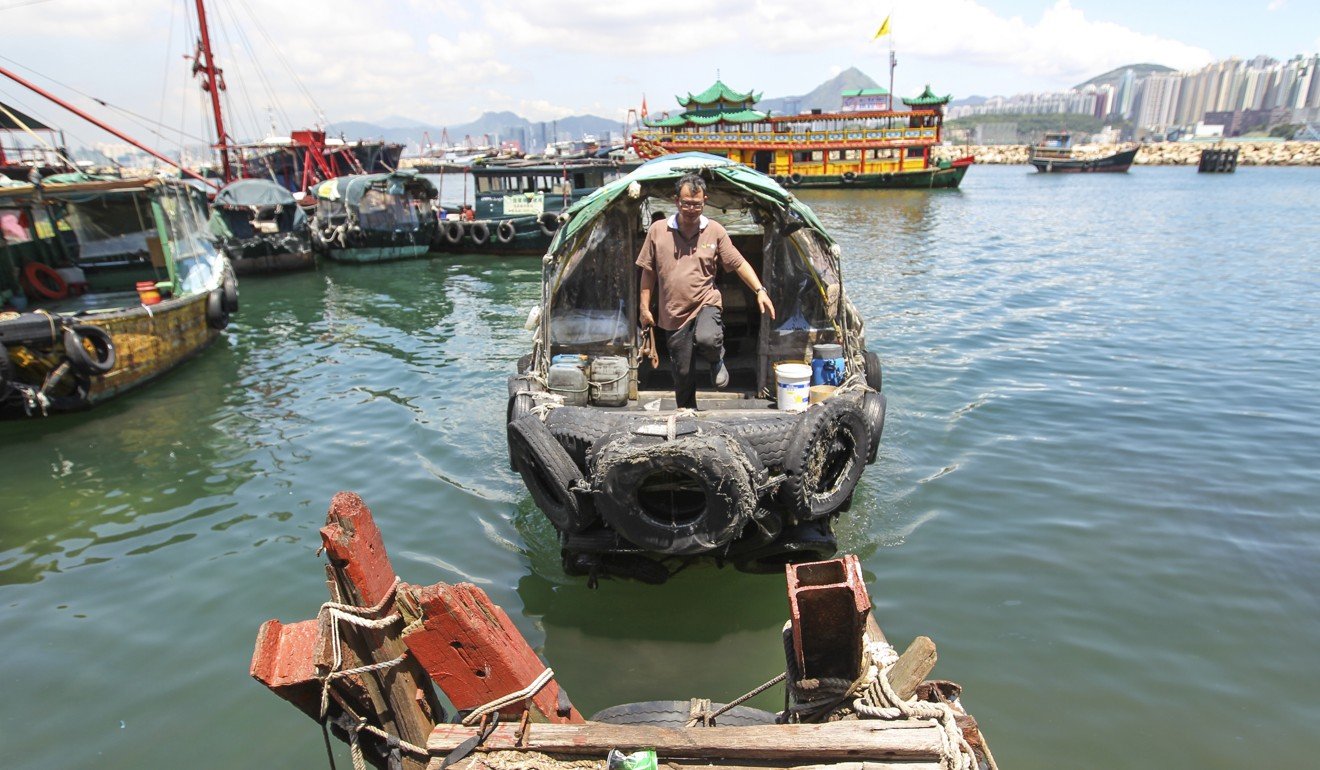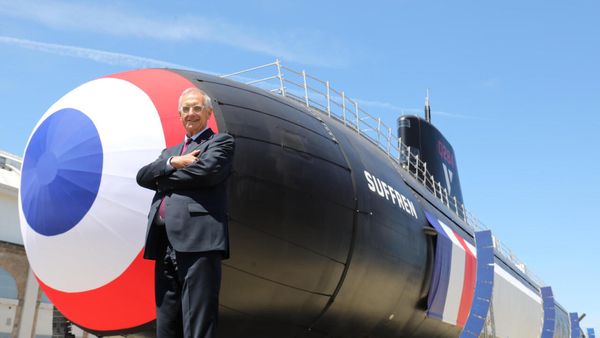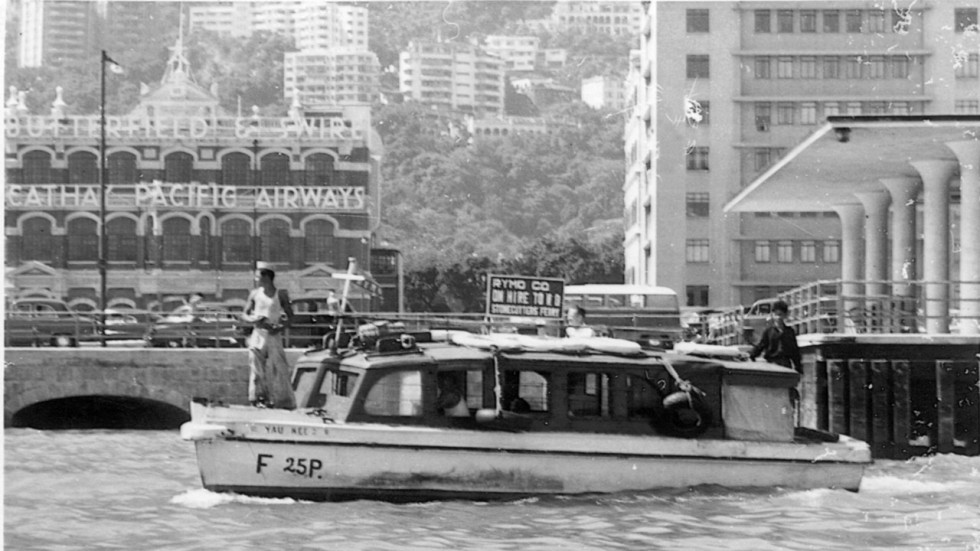
The idea of providing water taxi services in Victoria Harbour has been floated for years – and in a recent survey conducted by Designing Hong Kong and the Harbour Business Forum, 90 per cent of respondents said they would be interested in using water taxis to cross the harbour.
It’s hardly a new idea. In fact, Hong Kong had water taxis for more than a century. Known as walla-wallas because of the sound of their engines, these small motor boats clustered around public piers, waiting to ferry passengers across the harbour at all hours of the day and night.
“I never travelled on the walla-wallas – it was too scary for me,” recalls Anita Wong, who was a schoolgirl in the 1960s.
According to naval historian Stephen Davies, walla-wallas grew “quasi-organically” from the licensing of harbour steam launches, a process that began in the 1870s to cut down on casualties from exploding boilers. By 1927, this had grown into a system of 389 steam launches and motor boats that were licensed to take passengers around the harbour.
Topless in Hong Kong: ex-show girl Neva Shaw recalls 1960s nightlife
Boats were divided into three classes. Class one consisted of single-decker, 20-passenger vessels that tootled around the harbour powered by 100-horsepower diesel engines. People living on Hong Kong Island and in Kowloon used them to cross the harbour, but they were also used to reach the shore from ships moored in the harbour. Crews raised a “walla flag” to summon the boats when they were needed.
After the second world war, class-one boats were joined by larger class-two and class-three vessels that could accommodate up to 100 passengers. There were about 200 of the boats by the 1960s.
“They hung out along the waterfront, concentrated in the Blake Pier area in Central and over around the [Tsim Sha Tsui] Star Ferry pier on the other side,” says Davies. “There were other hangouts in Western, Wan Chai, Hung Hom and Yau Ma Tei.”
Plain sailing for water taxis in Hong Kong as survey finds high demand for proposed service
Of course, those fares were negotiable. “I can recall how crossing the harbour at sparrow fart [very early] in the morning had, in principle, a fixed fare,” says Davies. “But in practice [it] was negotiable if you didn’t want to wait for however long it took for the walla-walla to be full enough for the boatman to make the journey.”
In 1965, the chairman of the Kowloon Chamber of Commerce, Robert Der, urged walla-walla operators “to start preparing themselves for the unfavourable conditions likely to be caused by the Cross-Harbour Tunnel in the future”.
The Cross-Harbour Tunnel finally opened in 1972. Almost immediately, walla-walla routes were shortened and late-night services curtailed. The number of walla-wallas declined to 93 in 1990 and 21 in 1999.
“Today, I don’t think there is a single survivor,” says Davies.
You can still see some of the old walla-walla boats ferrying people around typhoon shelters, and some of the larger vessels are used on one of the 69 kaito ferry services that connect outlying islands. It’s still possible to hire a boat similar to a walla-walla in Aberdeen Harbour or Port Shelter in Sai Kung, but not in Victoria Harbour.
Water taxis could once again be a useful way to get around. Whether they would still be called walla-wallas remains to be seen.
